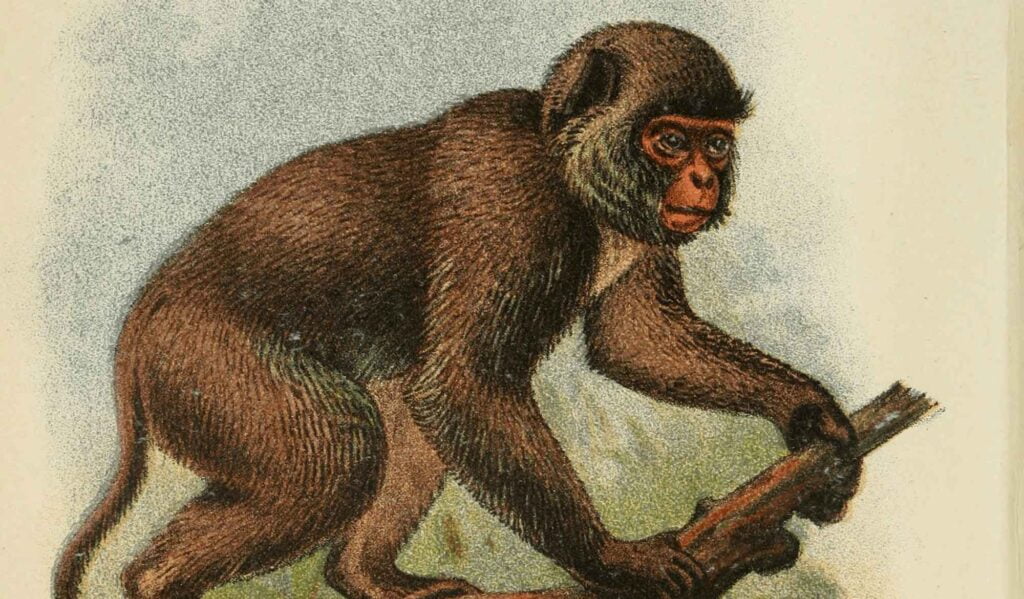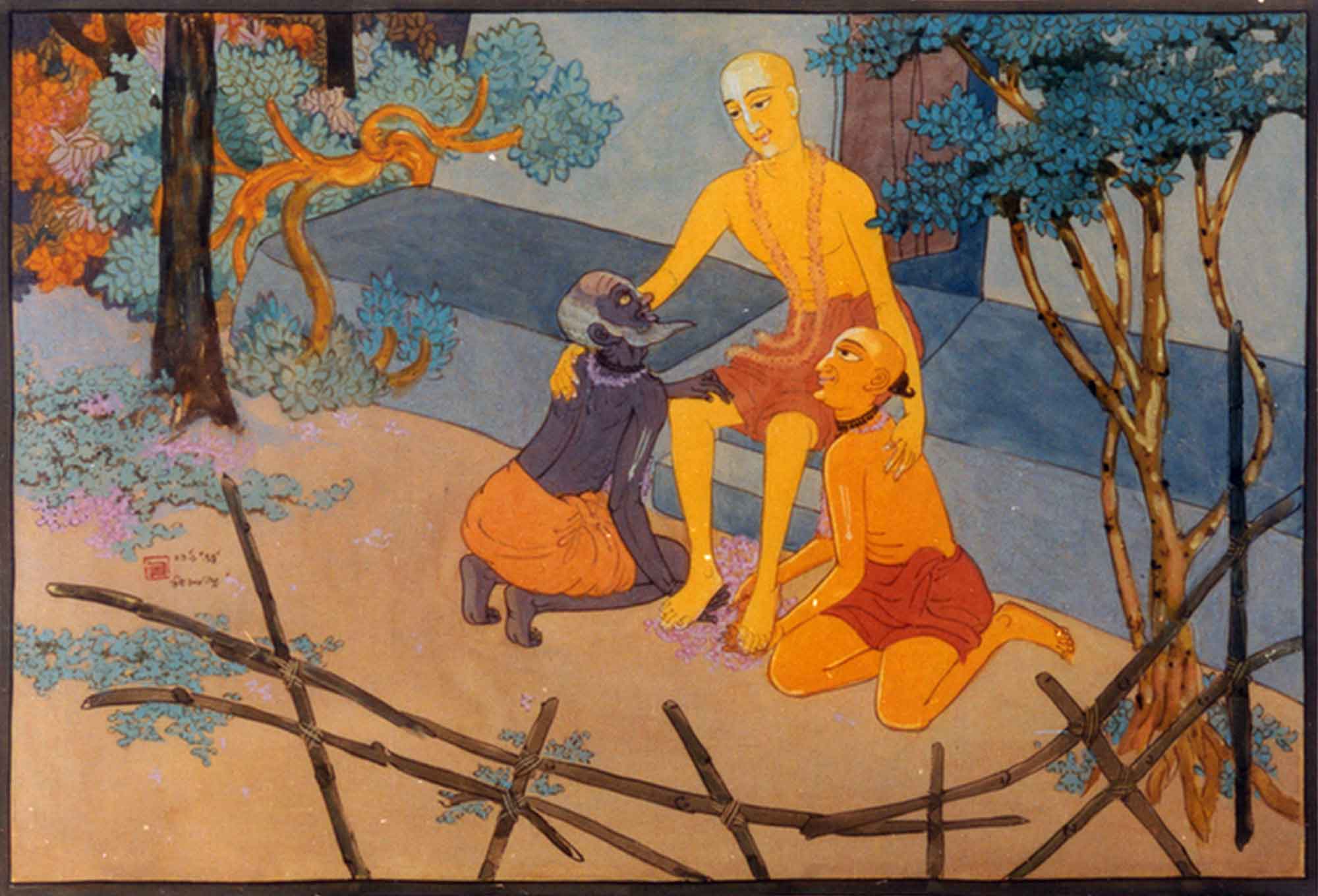Overview
Dharmāḍhambara (A Display of Religion) was a short article published in Sajjana Toṣaṇī, Vol.9, issue 4 in 1897. Bhaktivinoda Ṭhākura targets those persons who make an external show of religion and briefly explains the verse ‘nitya-siddha kṛṣṇa-prema’ from Caitanya-caritāmṛta.
(translated by Swami B.V. Giri)
Many make great endeavors to show their religiosity externally. People will call them devotees, they will call them pious, and the desire for this is strong within them. Indeed, there is very little religiosity within them internally, for truthfully, when they have no feelings towards Bhagavān, they introduce themselves externally as supremely pious. It seems that they are not doing much. But what a grave offence it is to be at the feet of Bhagavān, not realising even once how far one has fallen. There is one song in which Bhagavān says:
ahaṅkārī pāpī yāra
āmāra dekhā pāya nā tārā
dīna-janera bandhu āmi sakale jāne
(“Those who are arrogant sinners do not see Me and never attain Me. Everyone knows Me as the friend of the fallen.”)
But what kind of pride (ahaṅkāra) do we have? If the purpose is to attain the feet of Bhagavān, then will we be successful if religion is shown externally as hypocrisy? It matters little whether people call us a devotee or not, or if they say we are pious or not – that is what will come to us. Śrīman Mahāprabhu told the devotees:
tṛṇād api sunīcena taror api sahiṣṇunā
amāninā mānadena kīrtanīyaḥ sadā hariḥ
(“Considering oneself as lowly as a blade of grass and being as tolerant as a tree, without any personal pride and giving respect unto others, one can chant hari-nāma constantly.” – Śikṣāṣṭaka 3)
If there is a desire to attain the feet of Bhagavān, if there is a desire to relish that pure bliss, O men! Then be lowly, be lowly, and chant śrī-nāma with a pure heart. Prema will arise in you, perform kīrtana, and those who think in this way should sing kīrtana loudly! There are many types of kīrtana. The Vaiṣṇavas say:
nitya-siddha kṛṣṇa-prema sādhya kabhu naya
śravaṇādi-śuddha-citte karaye udaya
(“The sādhya of kṛṣṇa-prema is eternally perfect and cannot be achieved through any other means; it awakens in a heart that has been purified through hearing, chanting etc.”- Caitanya-caritāmṛta, Madhya-līlā 22.104)
That sādhya-vastu (desired objective) which is attained through sādhana, is temporary, therefore the pure prema of kṛṣṇa-dāsya (servitorship to Kṛṣṇa) cannot be the sādhya-vastu. It arises from within you.* The sun is eternally perfect, but it cannot be seen when covered by rain-clouds, similarly the pure prema of kṛṣṇa-dāsya in our heart is covered by the clouds of māyā. When the rain-clouds go away, the pure love of kṛṣṇa-dāsya manifests like the sun. If you chant śrī-nāma-kīrtana etc. with a pure heart, then when the heart becomes pure, that is, when the clouds of māyā disappear from the heart, then that sun-like pure prema will arise, but if you simply make an external show of religion, you will never relish pure bliss.
May the devotees bless us so that we can become free from offences and chant śrī-nāma-kīrtana etc with a pure heart.
*In other words, one cannot gain bhakti through the performance of sādhana because bhakti is already inherent within the heart of the jīva. Through hearing and chanting without offences, that bhakti becomes awakened.













